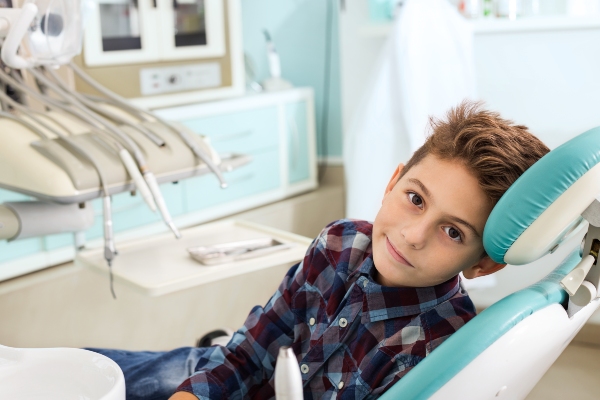 Tooth decay happens when the enamel, or tooth surface, is damaged. You can use oral hygiene basics to prevent it. Tooth decay is still one of the world's most common health problems. This article will explore what causes tooth decay in children and adolescents and how to prevent it from interfering with their oral health.
Tooth decay happens when the enamel, or tooth surface, is damaged. You can use oral hygiene basics to prevent it. Tooth decay is still one of the world's most common health problems. This article will explore what causes tooth decay in children and adolescents and how to prevent it from interfering with their oral health.
What causes tooth decay?
Everyone has bacteria in the mouth. While some bacteria are good, harmful bacteria feed on the sugar and starch one eats. The bacteria and food form plaque, a sticky film on the teeth that hardens and makes it difficult to remove from the teeth’s surface. If not removed, plaque can turn into tartar and eventually lead to tooth decay.
Anyone who has teeth is at risk for tooth decay. However, several factors can make it worse.
Frequent snacks or sugar-containing drinks
Snacking or sipping on sugary foods and drinks gives a steady fuel supply to the decay-causing bacteria that harm the teeth. Foods that cling to teeth can cause decay, including hard candy, cakes and cookies, milk products, honey, and chips. Acidic drinks also wear down tooth enamel.
Inadequate brushing and flossing
Oral hygiene basics go a long way in preventing tooth decay. Plaque can begin to form almost immediately after eating. Brushing after each meal removes plaque, and daily flossing cleans between teeth.
Dry mouth
A lack of saliva in the mouth can lead to decay. Saliva washes away some food, plaque, and acid in the mouth. Dry mouth can happen due to some medications, radiation to the head and neck, and certain chemotherapy drugs.
Eating disorders
Stomach acid from repeated vomiting can wear away tooth enamel. This increased acidity in the mouth can put people with anorexia or bulimia at risk for tooth decay. These disorders can also impede saliva production.
How can I prevent tooth decay?
Good oral hygiene basics can help prevent tooth decay. Parents can ask our team about the best dental care for their child’s needs. In the meantime, start with the following tips.
Brush with fluoride toothpaste after eating and drinking
Brush the teeth after every meal if possible. If this is not an option, brush at least twice a day. Use a toothpaste containing fluoride, a mineral that significantly reduces tooth decay. Floss between teeth daily.
Get regular checkups
Visit the pediatric dentist regularly for an oral examination and professional cleaning. If the child has signs of tooth decay, dental health professionals can spot and treat them before bigger problems arise. The dentist can recommend the most effective checkup schedule tailored to the child’s needs.
Drink tap water
Most bottled water does not contain fluoride. Public water sources have added fluoride that can help keep teeth healthy. If the child cannot get an adequate amount of fluoride, the pediatric dentist may recommend supplements or treatments.
Eat fruits and vegetables
Fresh fruits and vegetables increase saliva production in the mouth. This helps rinse away bacteria and plaque. Unsweetened beverages can also help.
Conclusion
While anyone with teeth is at risk for tooth decay, oral hygiene basics can help prevent it. If you have questions about helping your child establish a healthy oral hygiene routine, call our office. We can create a routine customized to your child’s specific needs.
Request an appointment or call Grand Parkway Pediatric Dental at 832-579-0960 for an appointment in our Richmond office.
Recent Posts
Helping your child practice oral hygiene basics is essential for tooth health, comfort, and overall well-being. Their teeth play a crucial role in their smile and help break down food while they eat. This article will explore how, as a parent, you can help your child maintain excellent oral hygiene and establish healthy habits they…
Flossing is an oral hygiene basic that everyone should know. Just like adults, dentists recommend children floss at least once daily to keep their teeth healthy. A pediatric dentist can help parents teach their kids proper flossing.However, if it has been a while since you learned how to floss, it may help to have a…
Brushing and flossing teeth are critical oral hygiene basics every child should establish as part of their care routines. Many children already know the proper procedures and benefits of brushing their teeth regularly, but flossing sometimes gets left out. Good oral hygiene helps prevent decay, diseases, and other systems issues within the body. Proper flossing…


